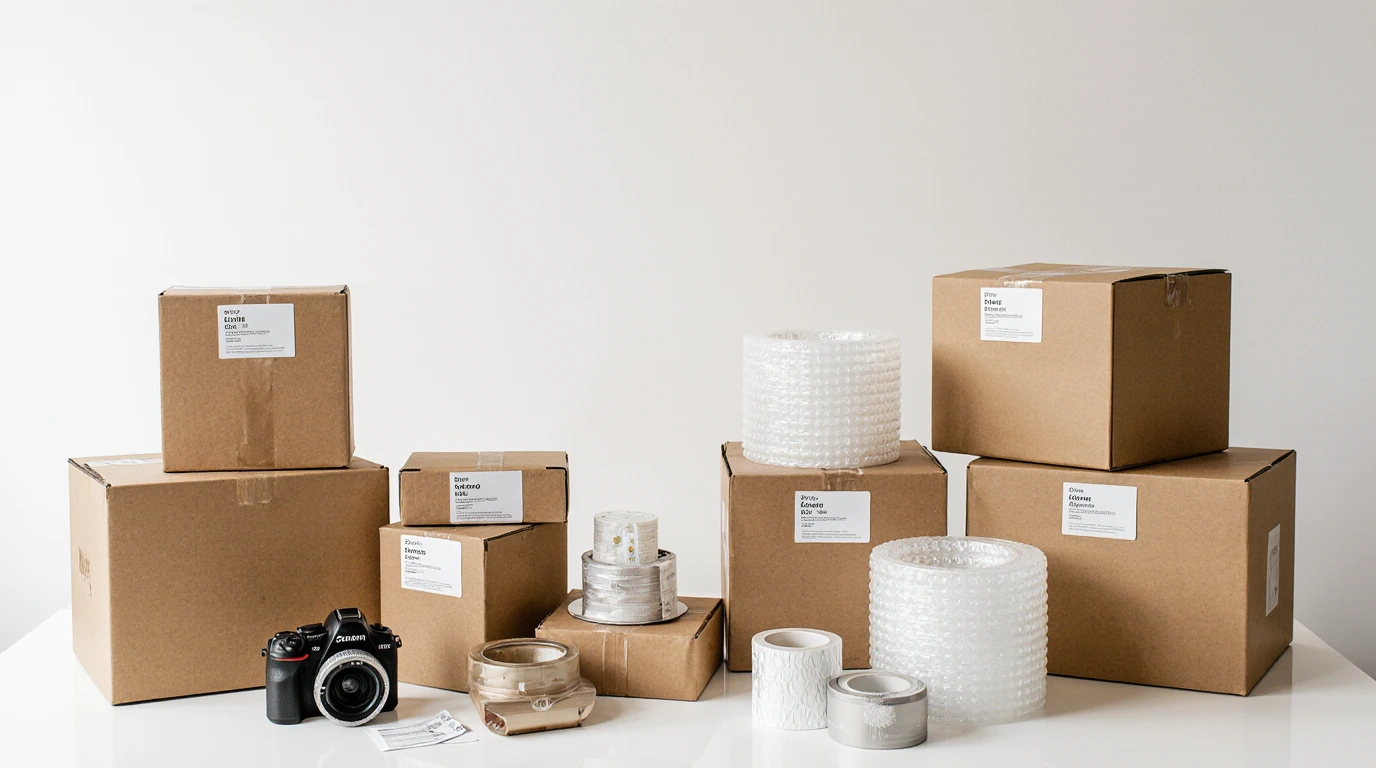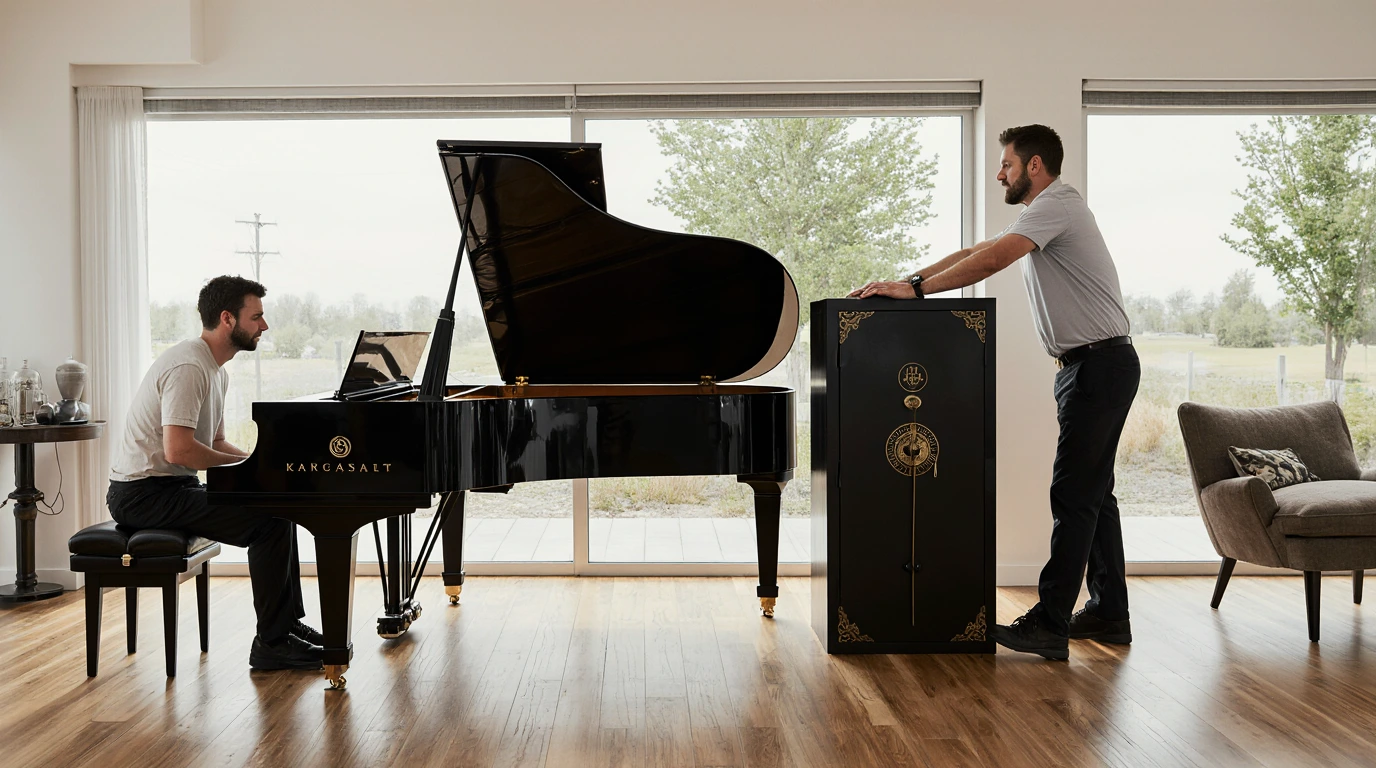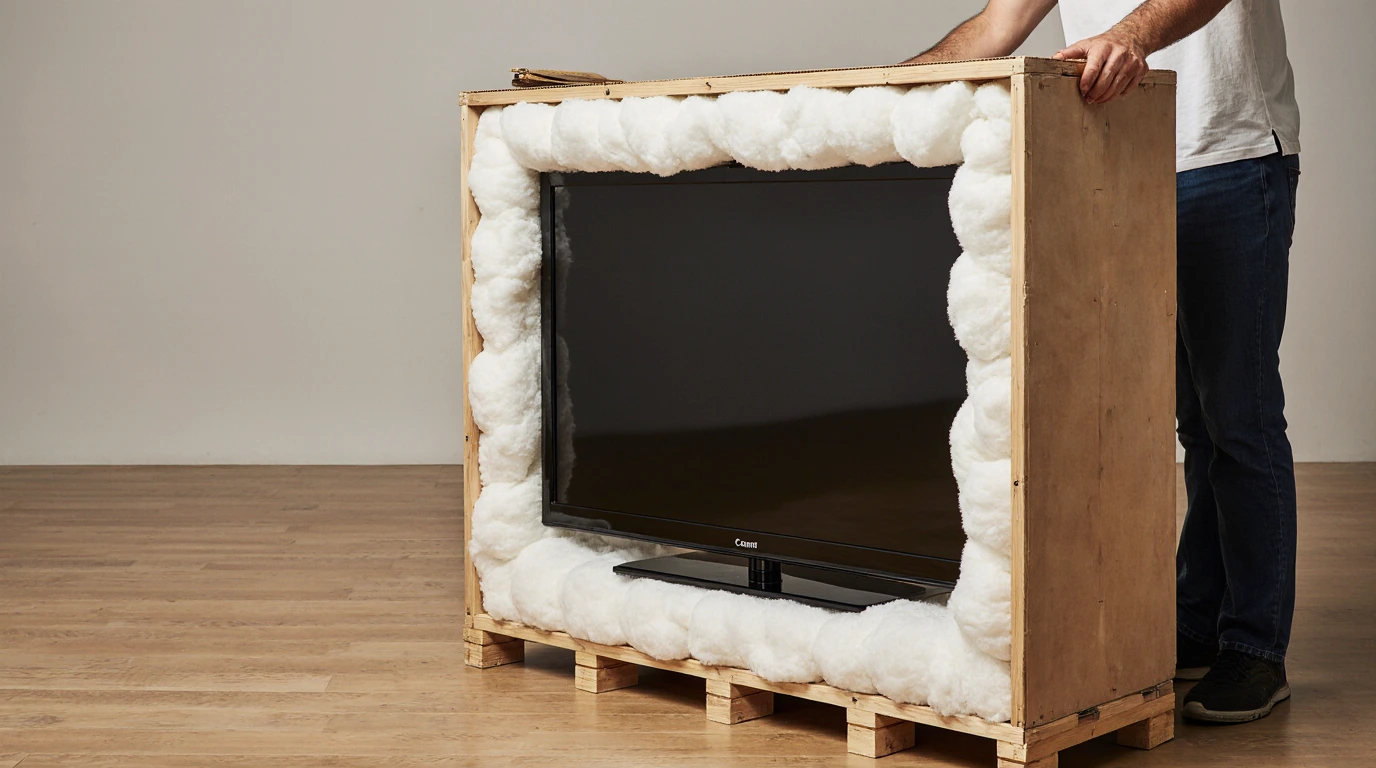Moving into a new place should feel like a fresh start — not the beginning of a long list of repairs. Too often, people rush in, unpack everything, and only then discover that the shower leaks, the outlets don’t work, or the heating system barely kicks on.
At United Local Movers, we’ve seen how much smoother moves go when people take just an hour to walk through and spot issues before they bring in the boxes. A little time upfront can save you stress, money, and surprises later.
What to Look For Before You Move In
1. Plumbing
Check every sink, toilet, and shower. Are there drips under the sink? Does the toilet keep running after you flush it? How’s the water pressure in the shower?
Also peek at the water heater — is there rust around the bottom or any sign of leakage? If so, let your landlord or seller know right away.
2. Electrical System
Test every outlet and light switch. Do some lights flicker? Do any outlets feel warm or spark when you plug something in? That’s not normal — and definitely not safe.
Make sure smoke detectors and carbon monoxide alarms are working. And check the circuit breaker — is it labeled clearly?
3. Heating and Cooling
Turn on the HVAC unit and give it a few minutes. Does air come out? Is it actually hot or cold? Does it make weird noises?
If the filters look old or dirty, ask if they can be replaced before you move in. And if the system hasn’t been serviced recently, consider scheduling a tune-up once you’re settled.
4. Roof and Attic
If you have access, take a quick look in the attic. Any signs of water stains or mold? Those could mean roof leaks.
Also scan the outside for missing or broken shingles. If you’re unsure, a quick call to a roofer might be worth it — especially if the home is older or was vacant for a while.
5. Windows and Doors
Open and close each window — do they stick or jam? Feel around the edges — is there a draft?
Check doors too. Do they lock properly? Do they squeak or drag on the floor? Replacing weather stripping can help with drafts and energy bills.
6. Appliances
If appliances are included, test them:
- Refrigerator — does it cool properly?
- Dishwasher — does it fill, clean, and drain well?
- Oven and stovetop — do burners light? Does the oven heat evenly?
- Washer and dryer — do they run without leaking or shaking?
7. Pest Entry Points
Even a small gap can invite bugs or rodents. Walk around the house and check for:
- Gaps around pipes or vents
- Cracks in the foundation or siding
- Unsealed openings in the attic, basement, or garage
If the place sat empty for a while or shows signs of pests, a quick inspection by a pro could prevent a bigger problem later.
How to Handle Repairs
If you’re renting: Let your landlord know about any issues as soon as possible — ideally in writing. Most landlords are required to fix major problems so the place is livable. Keep a record of all communication.
If you’re buying: Use your home inspection report to negotiate with the seller. Some fixes — like electrical or plumbing issues — should be handled before closing. Once you own the home, get those repairs done early to avoid worse problems.
How United Local Movers Can Help You Stay Calm
United Local Movers knows things don’t always go perfectly on moving day. That’s why we offer flexible options so you can move on your terms:
- We wait: If repairs aren’t done yet, no problem — delay your move without extra charges.
- We store: Need a safe place for your stuff while fixes are made? We offer best-rate temporary storage — even better if you need a vacation break before settling in.
- We protect: We take extra care with fragile or sensitive items when systems aren’t fully up and running.
Your move should be smooth — even when life throws you a curveball.
In Short
Taking a little time to check your new home before you move in can save you from big headaches later. Whether you’re renting or buying, a simple walk-through now means fewer surprises down the road.
And with United Local Movers, you’ll never feel rushed or stuck — even if your perfect home needs a few fixes first.




